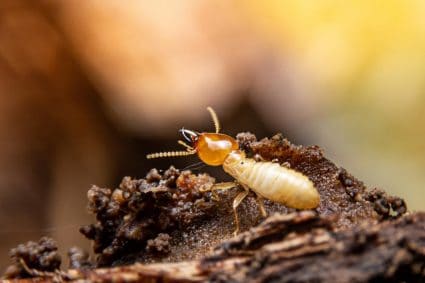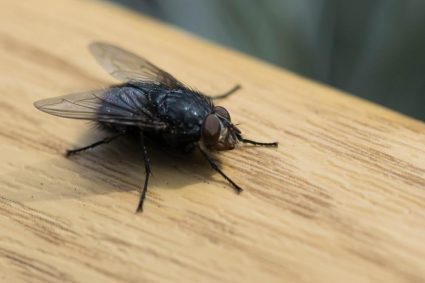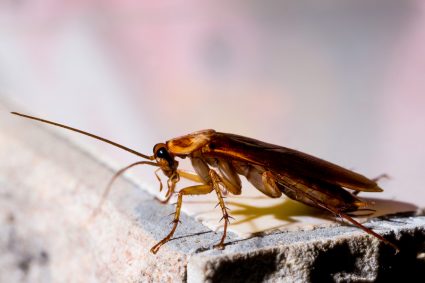
Visiting a friend or family member’s home can be a delightful experience, but the joy can quickly turn into a nightmare if you find out that their home is infested with fleas. Fleas are not only a nuisance but they can also pose health risks to both humans and pets. So, what should you do if you find out that you’ve visited a house with fleas? This comprehensive guide will provide you with all the information you need to know.
After visiting a house with fleas, immediately change your clothes before entering your home and wash the worn clothes in hot water. Inspect your belongings for signs of fleas and clean them thoroughly. Shower and wash your hair to remove any potential fleas. Ensure your pets are on a regular flea prevention program and maintain a clean home by vacuuming regularly. Monitor for signs of fleas in your home and take immediate action if any are found.
Identifying Flea Infestations
Before we get into the steps to take after visiting a house with fleas, it’s important to know how to identify a flea infestation. Some of the signs include:
- Bites on your ankles: Fleas often bite humans around the ankles and lower legs, leaving itchy red spots.
- White Sock Test: Put on a pair of white cotton socks and walk around the house. If fleas are present, they will jump onto the socks.
- Check for flea dirt: Flea dirt (feces) appears as tiny black or dark brown specks. If you find such specks on your socks, furniture, or carpets, it could indicate the presence of fleas.
- Pets scratching excessively: If you or someone in the house has a pet that’s scratching more than usual, it could be a sign of fleas.
- Pale gums in pets: Fleas feed on pets’ blood, which can cause anemia. Check the gums of pets for paleness, which could indicate a flea infestation.
If you notice any of these signs, it’s essential to take action quickly to prevent further infestation and potential damage to your home.
Steps to Take After Visiting a House with Fleas
After visiting a house with fleas, it’s crucial to take precautions to prevent bringing fleas into your own home and affecting your pets. Here are some steps you can follow:
1. Change Your Clothes
Before entering your home, change into a fresh set of clothes and place the clothes you wore at the infested house in a sealed plastic bag. Wash these clothes in hot water as soon as possible.
2. Check Your Belongings
Inspect your bags, shoes, and other items for any signs of fleas. If you find any, clean them thoroughly before bringing them inside.
3. Shower and Wash Your Hair
Take a shower and wash your hair as soon as you get home to remove any fleas that may have hitched a ride on your body.
4. Treat Your Pets
Ensure your pets are on a regular flea prevention program, such as using flea collars or medication. Consult your veterinarian for the best options for your pets.
5. Maintain a Clean Home
Regularly vacuum your carpets, rugs, and furniture, and wash your pet’s bedding to prevent flea infestations. Dispose of the vacuum bag outside after cleaning.
6. Monitor for Signs of Fleas
Keep an eye out for any signs of fleas in your home, such as your pets scratching excessively or flea dirt (small black specks) on your pet’s skin or bedding. If you notice any signs, take action to treat your home and pets immediately.
By following these steps, you can minimize the risk of bringing fleas into your home and protect your pets from infestations.
How to Prevent Fleas from Spreading to Your Home
Preventing fleas from spreading to your home after exposure involves regular home maintenance and flea prevention for your pets. Here’s what you can do:
- Vacuum regularly: This includes carpets, rugs, cushions on chairs and sofas, and other surfaces where pets frequent. Be sure to empty the vacuum bag outside when finished.
- Wash pet bedding weekly: Use hot water to kill fleas and their eggs.
- Steam clean carpets and upholstery: The heat will kill any remaining fleas.
- Wash bedding, removable furniture covers, window treatments, towels, and other exposed cloth materials.
- Maintain your yard: Keep your yard mowed, trim shrubs, and remove debris to prevent fleas from hiding and breeding.
- Treat your pets: Use flea prevention methods such as collars, topical applications, or oral medications as recommended by your veterinarian.
- Regularly bathe your pets: Hot water and soap can help kill fleas and prevent them from spreading throughout the house.
- Use flea control products: Treat your home and yard with flea control products, such as sprays or foggers, to eliminate fleas in all stages of their life cycle.
- Check your pets regularly: Inspect your pets for fleas and use a flea comb to remove adult fleas, especially around the neck and tail areas.
By following these steps, you can minimize the risk of fleas spreading to your home and maintain a flea-free environment for you and your pets.
Health Risks Associated with Fleas
Fleas can pose specific health risks to both humans and pets. For pets, the most common issue is flea bite dermatitis, an allergy to flea saliva, which can cause skin irritation and other external problems. Pets are also at risk for internal infections from fleas, such as tapeworms, which are passed to the pet when they ingest the flea.
For humans, fleas can transmit diseases such as plague, flea-borne (murine) typhus, and cat scratch fever. Fleas can also spread tapeworms and other parasites if humans accidentally swallow an infected flea.
To take precautions against fleas, follow the steps mentioned above to maintain a clean home and yard, and to keep your pets flea-free.
Professional Services to Deal with Flea Infestations
If the infestation is severe or if you’re struggling to get rid of the fleas, consider hiring a professional pest control service. These professionals are trained in diagnosing and treating flea problems, and they can design a customized flea treatment plan for your home. Some well-known pest control companies that offer flea extermination services include Orkin, Terminix, Fox Pest Control, and Positive Pest Management.
Conclusion
Visiting a house with fleas is a situation that no one wants to be in, but it’s important to know the right steps to take if this happens. By following the tips provided in this guide, you can protect your home and pets from flea infestations and keep your environment healthy and safe. Remember, prevention is always better than cure, so maintaining a clean home and taking care of your pets should always be your first line of defense against fleas.
Frequently Asked Questions
How long does it take for fleas to reproduce?
Female fleas can start laying eggs within 24 to 48 hours of their first blood meal and can lay up to 50 eggs per day. The eggs hatch into larvae in about a week, and then transform into pupae before becoming adult fleas. The entire lifecycle from egg to adult can take anywhere from two weeks to eight months, depending on the conditions.
Can fleas survive in cold weather?
Fleas can survive in cold weather as long as they have a warm host to live on. However, their eggs, larvae, and pupae stages are not as resistant to freezing temperatures and can die if exposed to cold weather for an extended period.
What’s the difference between flea bites and bed bug bites?
Flea bites and bed bug bites can both leave itchy red spots, but there are a few differences. Flea bites are usually found around the ankles and lower legs, while bed bug bites can appear anywhere on the body. Flea bites often look like small clusters of dots, while bed bug bites tend to be in a straight line.
Can you get fleas even if you don’t have pets?
Yes, it’s possible to get fleas even if you don’t have pets. Fleas can enter your home on your clothing or shoes, or they can be brought in by other animals such as rodents.
How often should you treat your pets for fleas?
The frequency of flea treatments for pets can vary depending on the product used and the severity of the infestation. Some products require monthly applications, while others can last for up to three months. Always follow the instructions on the product label and consult with your veterinarian for the best treatment plan for your pets.











